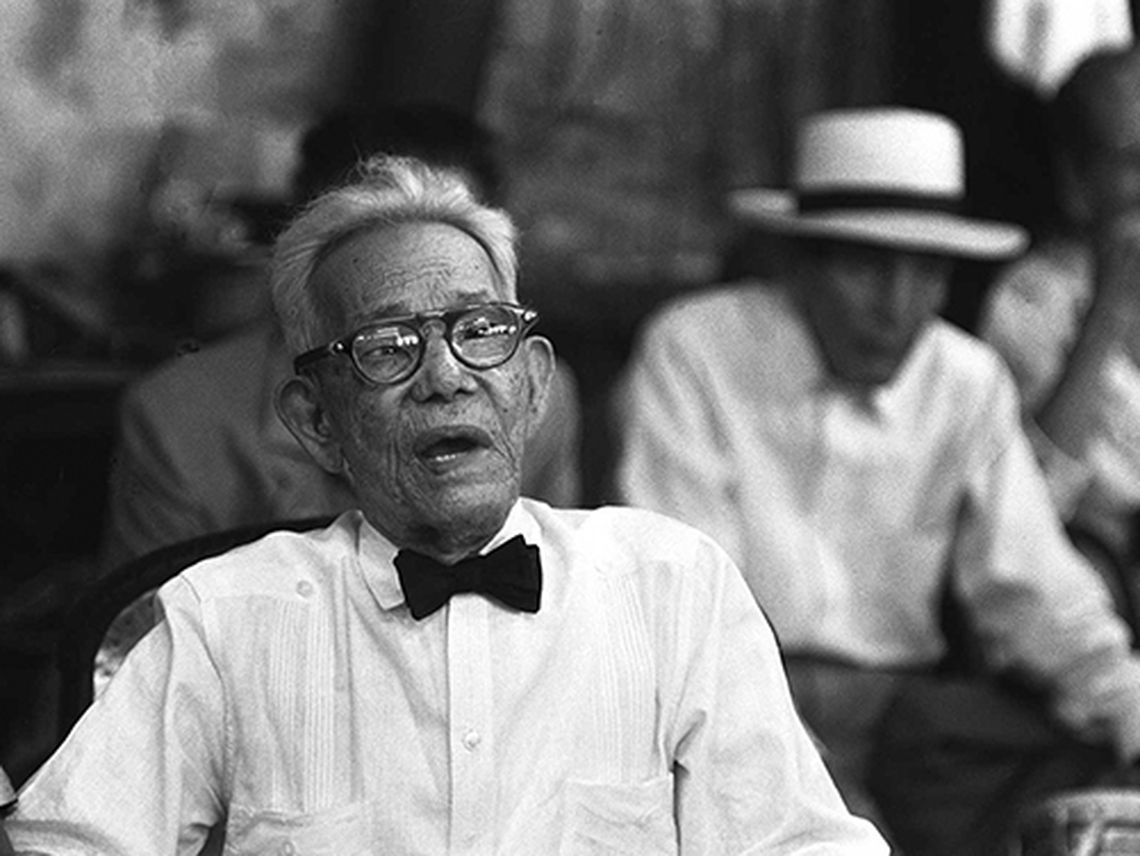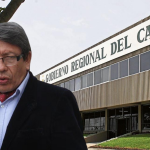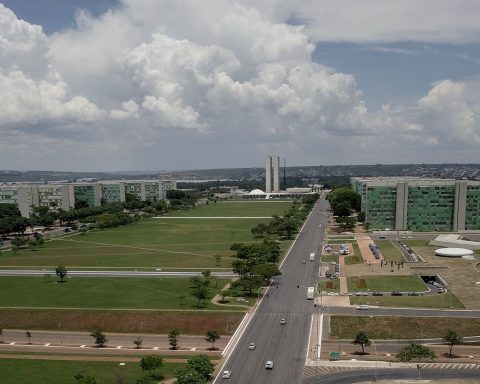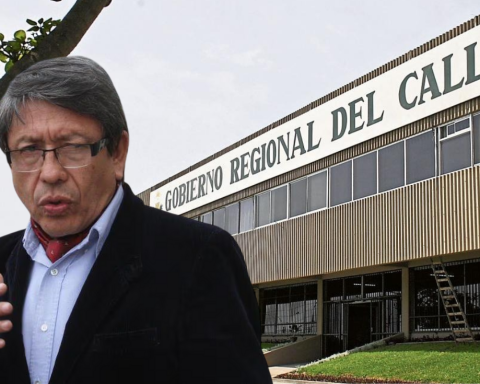The National Museum of Music of Havana toured the life and work of Antonio Gumersindo Garay García (1867-1968), the great Sindo Garay, one of the pillars of the traditional Cuban trova.
The María Antonieta Henríquez room of the institution hosted a new edition of the commented auditions, dedicated to who is considered with justice a musical genius, despite not having had academic training.
In the meeting, the museologist Javier Rodríguez unpublished unpublished works, anecdotes and the secrets of the plates recorded by Sindo and their children, currently protected in the museum, located in a typical mansion of the early twentieth century, reported The agency Latin press (Pl).
Rodolfo Garay, grandson of Sindo, captivated the audience with revelations of intimate stories behind the recordings and the role played by the children of the troubadour: Guarionex, Guarina and Hatuey.
According to Rodolfo, his grandfather felt so Cuban – he was born in Santiago de Cuba – that his five children with Dominican India María Pretonila Reyes baptized them with aboriginal names. In addition to the three already cited, who cultivated music with their father, Anacaona and Caonao were also born.
The eldest, Guarionex, made a raw voice to Sindo, forming one of the best duos in the trova that existed in Cuba and current Pl.
Singing from generation to generation, the Sindo Garay catalog contains classics of the Cuban song as “Marina Pearl”, “Gray afternoons”, “bitter truths”, “Returns”, “Guarina”, “Bayamesa Woman” and “Fierce Torment”, among others.
Open to all the musical currents to which he had access – hegub of the Wagnerian operas – his theme “Germania” shows how no influence of the German Lied.
Like other troubadours of his time, Sindo enriched several of his works with verses of Ibero -American poets: Gustavo Adolfo Bécquer, Pepe Elizondo, Amado Nervo, Lola Rodríguez de Tió.
These last two linked them forever in one of their master compositions: “The afternoon.” Ernesto Lecuona would call her the perfect song and Gonzalo Roig confessed how much he would have liked to write it.
Sindo Garay was a man of the world. Acróbata and Saltimbanqui, also served as a messenger to the Cuban patriots and is known that he crossed the bay of Santiago de Cuba several times.
In his childhood and adolescence he met several personalities, among these, General Guillermón Moncada, the famous violinist Claudio Brindis de Sala, to the Italian tenor Enrico Caruso, to Julio Antonio Mella, probably José Martí and, already, in the end of his life, Fidel Castro.
In 1928 Garay traveled to Paris with Rita Montaner and another group of Cuban musicians. In the capital gala remained about three months, stay that took the opportunity to record several albums, according to The musicograph and great connoisseur of La Trova, Lino Betancourt.
The commented auditions session, of the National Museum of Music, closed its program in the Gisela Hernández room with a concert of the Yasek Manzano trumpeter, one of the most celebrated figures of the contemporary Cuban jazz.













![James Rodríguez already knows the sanction after being expelled in the last game with León [Video] James Rodríguez continues to fly in Mexico: he reported with two assists in Victoria against San Luis](https://latin-american.news/wp-content/uploads/2025/02/Video-James-Rodriguez-continues-to-fly-in-Mexico-he-reported-1024x538.jpg)




